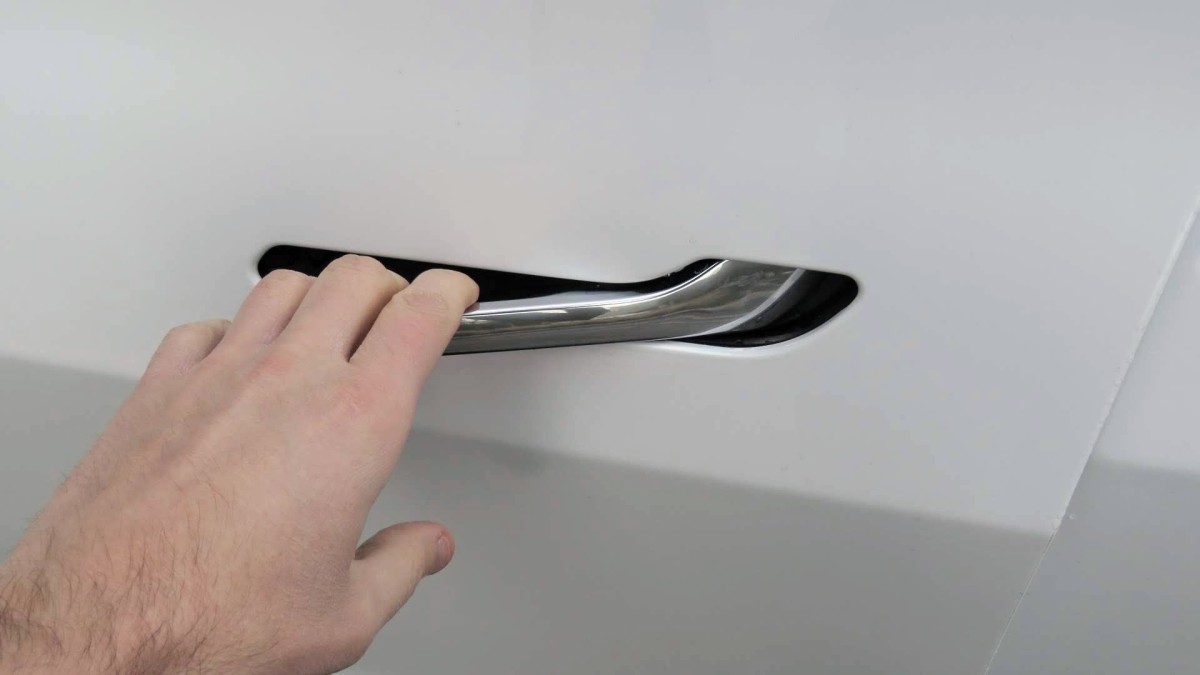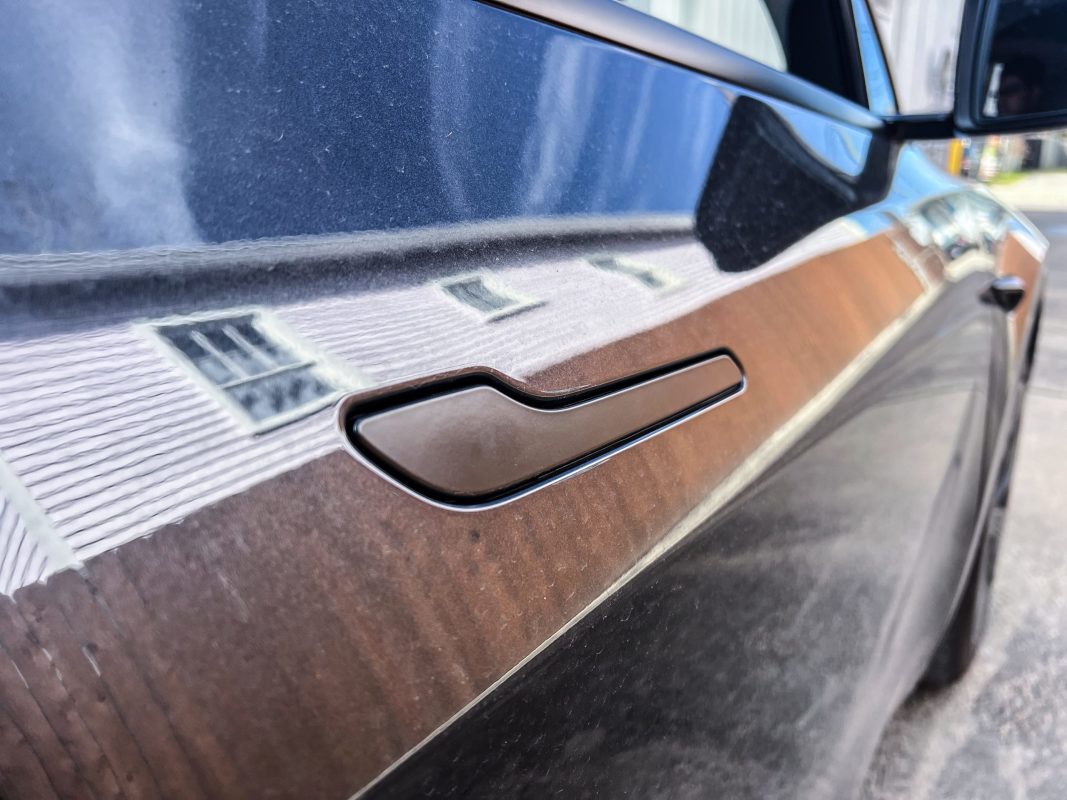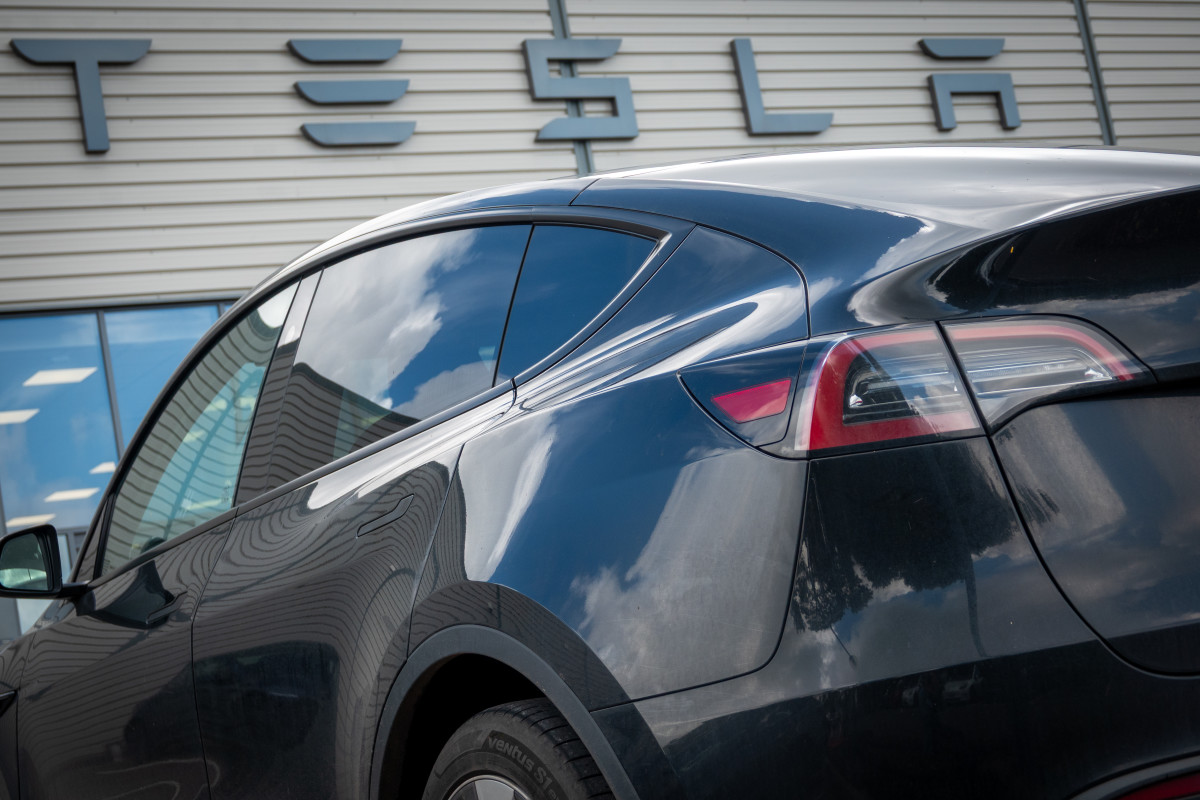More families are coming forward saying Tesla’s electronic door handles failed, trapping their children inside as panic set in. What started as a handful of isolated complaints has now become a recurring safety issue, one serious enough to draw renewed attention from the National Highway Traffic Safety Administration (NHTSA) and global media outlets.
Multiple reports from parents who say their Tesla vehicles became impossible to open after a sudden 12-volt power failure, leaving children stuck in the back seat. In several cases, parents had to smash windows to rescue them. The probe, which began with nine complaints covering roughly 174,000 2021 Model Y vehicles, now includes 16 documented incidents and may expand to “peer vehicles” like the Model 3. The failures occur when the car’s low-voltage system shuts down, rendering both interior and exterior electronic releases inoperable.
It’s a frighteningly familiar story. Reports similar to Model Y owners forced to smash door handles after their door handles fail describe nearly identical scenarios: power loss, unresponsive doors, and children trapped in rising heat as parents scramble for help.

Safety Systems Under Fire
Tesla’s sleek, flush-mounted handles have long been a design talking point, but regulators now question whether aesthetics have come at the expense of safety. The company has faced lawsuits, including one just this week in relation to how the door handles of a family’s Model Y trapped victims inside a burning car, causing them to die.
At the heart of the issue is the reliance on electric actuators tied to the vehicle’s 12-volt supply. When that circuit fails, the door handles lose power, and unless occupants locate the manual override levers, which are often hidden beneath trim panels, doors may not open. Children, elderly passengers, and those in panic situations are the most vulnerable.
Tesla’s design chief has said the company is reworking its door mechanisms to combine electronic convenience with simpler mechanical backups. That shift may soon be mandatory. New regulations will influence how upcoming U.S. and European safety rules could compel automakers to ensure doors remain operable even during complete electrical failure or after severe impact.

From One-Offs to a Wider Trend
What once seemed like freak occurrences are now being recognized as part of a wider pattern. More drivers have taken to social media and Tesla forums to share similar experiences, describing how dead batteries or software faults have left their families stranded. Some first responders have echoed the frustration, noting that electronic handles complicate rescue operations when every second counts.
Tesla has not issued a recall, but NHTSA’s investigation is ongoing and could lead to a mandatory fix. As of now, owners are being reminded of manual release procedures buried in the owner’s manual, a temporary measure that offers little comfort to those who’ve already lived through terrifying close calls.
Photo by Anna Barclay/Getty Images
Why It Matters
The growing number of complaints, and the intensity of the situations described, suggest Tesla’s door systems are a potential hazard that affects real families. What began as an innovation in aerodynamics and styling has become a point of regulatory scrutiny and reputational risk.
Tesla will likely need to make tangible changes soon, either through a redesign or recall, to address the safety gap. With incidents becoming increasingly public and parents’ stories spreading online, the company faces a reckoning over whether form has gone too far ahead of function.
For the brand that helped define modern EV design, the message is clear, that safety must remain as simple, intuitive, and dependable as the technology it powers.


